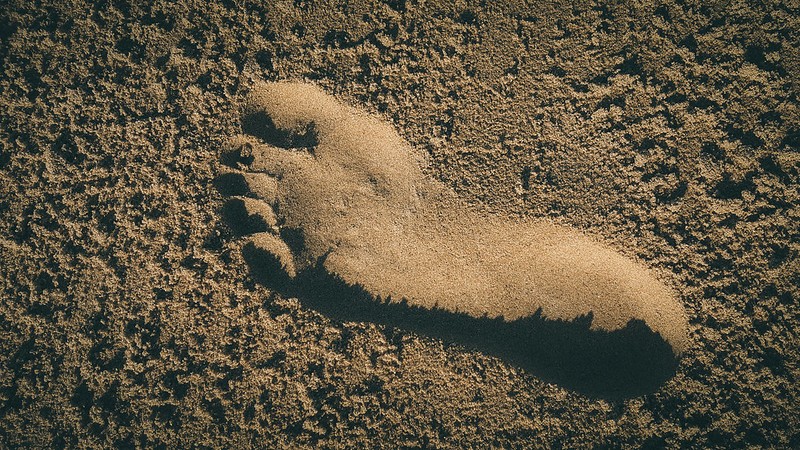
More than 400 fossilized footprints have been discovered in Tanzania, which, according to researchers, suggests a division of labor based sex was practiced by human communities nearly 19,000 years ago.
The historical collection, which consisted of well-preserved foot imprints, was discovered in Engare Sero, located south of Lake Natron north of Tanzania. The tracks are believed to have been created between 5,700 and 19,100 years ago in the Late Pleistocene period.
A look into humanity's past
The study, led by Kevin Hatala, a paleoanthropologist at Chatham University in Pittsburgh, published its findings in the journal Scientific Reports. Along with his team, he stated that the discovery is a "tantalizing snapshot" of the early days of humankind.
The site is home to 408 human footprints and was discovered by Maasai community members who reside nearby.
According to Sciencefocus, 17 tracks of footprints belong to a group of people, made up of 14 female adults, two male adults, and one young male as they traversed in a southwesterly direction, said the researchers.
The theory originates from various calculations, which took into consideration the different sizes and orientations of the prints along with how far they were from each other.
Authors of the study theorize that the females foraged together and were either visited or guarded by the males. The researchers added this resembles modern-day hunter-gatherers such as the Ache and Hadza.
"In the context of modern ethnographic data, we suggest that these trackways may capture a unique snapshot of cooperative and sexually divided foraging behavior in Late Pleistocene humans," wrote the researchers in their paper.
Also Read: Former NASA Scientist Says Rock Samples from Mars May Carry 'Alien Viruses'
Hatala also said that footprint sites are challenging to come by in the human fossil record and contain exciting views of our ancestors.
Co-author of the study and professor at Appalachian State University, Cynthia Liutkus-Pierce, said that the footprints, due to ancient volcanic mudflow from OldoinL'engaigai, an active volcano located in the East African Rift, have been well-preserved. Liutkus-Pierce said the prints were pressed into wet ash, then hardened like concrete.
The co-author also said, "The resilience of the hardened ash helps preserve the details of the footprints despite the natural erosion of the surrounding area over thousands of years."
How did they work together?
USAToday reported that the study theorized foraging females who made the majority of the tracks were gathering close together as they were frequently visited or accompanied by the other males. The publication suggests a sex-based division of labor was present in ancient human communities.
The Hadza group of people make their living without growing food, raising livestock, or being set by rules or calendars. They are a living hunter-gatherer existence that has barely changed fro 10,000 years ago.
The tribe moves their camp frequently and for several reasons, such as conflicts and diseases. The migration also considers dry-season refuges, better hunting grounds, and locations with plentiful harvests for easy pickings.
The Hadza also does not have any tribal or governing hierarchy, which leads to almost all of them being linked genetically to all other groups.







